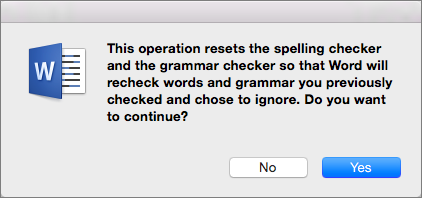
Understanding the use of tone marks is key to properly reading, writing and speaking the Yorùbá language. Mí High with a rising tone, depicted by an acute accent Re Mid with a flat tone, depicted by an absence of any accent There are three types of tone marks namely:ĭò Low with a falling tone, depicted by a grave accent These marks are applied to the top of the vowel within each syllable of a word or phrase. This means that pronouncing words in Yorùbá is based on what is called Àmì ohùn – Tone Marks. The pronunciation of words in Yorùbá language is tonal where a different pitch conveys a different word meaning or grammatical distinction. In Welsh, word stress usually falls on the penultimate syllable, but one way of indicating stress on a final (short) vowel is through the use of the acute accent, often found on e in borrowed words: personél "personnel", sigarét "cigarette", ymbarél "umbrella".Į with a Mí High with a rising tone, depicted by an acute accent It can also be combined with "ê" to form "ế". In Vietnamese, the letter "é" indicates the rising tone. ⟨E⟩ is now used for the mid central vowel /ə/, previously written as ⟨ê⟩. ⟨É⟩ is used in Sundanese for the close-mid front unrounded vowel /e/ since 1975 with the publishing of Kamus Umum Basa Sunda (General Sundanese Dictionary), replacing the regular ⟨e⟩ used before to represent the vowel. É or é is used for / ɤ/ with a rising tone () in Pinyin, a romanization system for Standard Chinese. See Diacritic and Acute accent for more details. The accent indicates the stressed syllable in words with irregular stress, as in "éxtasis" or "bebé". In Spanish, é is an accented letter and is pronounced just like "e" /e/. It can still be seen, but it is no longer used in the standard orthography. É was once used in Scottish Gaelic, but has now been largely superseded by "è". "É" can also mean "is": ela é bonita (she is pretty). If the location of the stressed syllable is predictable, the acute accent is not used. In Portuguese, é is used to mark a stressed / ɛ/ in words whose stressed syllable is in unpredictable within the word, as in "péssimo" (very bad). It is, however, retained in editions of poetry where the rhyme suggests pronouncing it as i or y. Since 1891, é is no longer used in standard Polish and is replaced by the simple e. In Polish, é was historically used for a vowel called e pochylone or e ścieśnione, sounded as, or depending on the dialect. It also represents in some dialects and represents / in area between Puck and Kartuzy. É is the 8th letter of the Kashubian alphabet and represents /ɛ/. It is used only if it is the last letter of the word except in dictionaries or when a different pronunciation may affect the meaning of a word: perché ("why"/"because", pronounced ) and pésca ("fishing", ), to be compared with caffè ("coffee", ) and pèsca ("peach", ), which have a grave accent. É is a variant of E carrying an acute accent it represents an / e/ carrying the tonic accent. In Irish the acute accent ( fada) marks a long vowel and so é is pronounced /eː/.

Used in Indonesian dictionaries to denote / e/, in contrast with E, e / ə/. É is the 7th letter of the Icelandic alphabet and represents /jɛː/. É is the 10th letter of the Hungarian alphabet and represents /eː/. In Romagnol the same letter is used to represent, e.g. In Emilian, é is used to represent, e.g. In Dutch, some people use "hé" as a greeting, like "hey" or "hi".

It is also used to add visual stress on words in the same way English might use italics. It is also used to differentiate the article "een," equivalent to either "a" or "an" in English, and "één", the number one. Like in English, é is respected when writing foreign words, mainly from French. In addition, Danish uses é in some loanwords to represent /i/. See Acute accent for a more detailed description. In Danish, Norwegian, and Swedish, the letter "é" is used to indicate that a terminal syllable with the vowel e is stressed, and it is often used only when it changes the meaning. É is the 9th letter of the Czech alphabet and the 12th letter of the Slovak alphabet and represents /ɛː/.


 0 kommentar(er)
0 kommentar(er)
